The Paradox
Interpretation of Erika Hacker's Work
Han Yan
In 1926, Marcel Duchamp brought Brancusi’s sculpture The Bird in the Room from Paris to New York. It was stopped at the American customs checkpoint as manufactured goods and therefore subject to customs duties. Brancusi adamantly protested and considered it extremely unjust. A long trial followed, revolving around the question of whether The Bird in the Room was taxable as a piece of metal or as a work of art. In 1928, the court ruled the latter.[1] For the defense of abstract art, this ruling became a historic victory. Abstract art has been officially ruled as art.
A work no longer naturally represents figures, but instead severs itself from real objects and embodies abstract ideas. This is the essence of modern art. In other words, modernity is based on the oscillation between affinity and difference.
This concept is also the starting point of Erika Hacker's works. Like Mythical Creatures (img.1), Organic (img.2) or Thoughts Flies (img.3) they are designed with a highly reduced form. Through the processing of different stones, amorphous figures are created reflecting the artist’s profuse thoughts. “The one as the essence of the many.”[2]
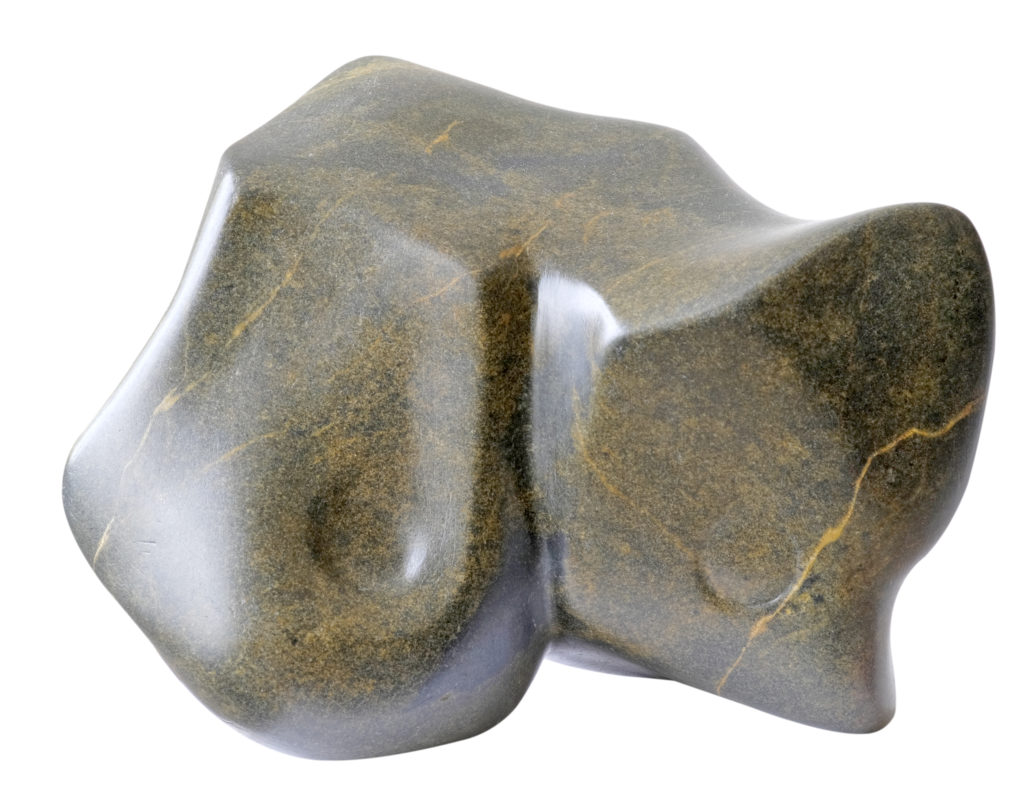
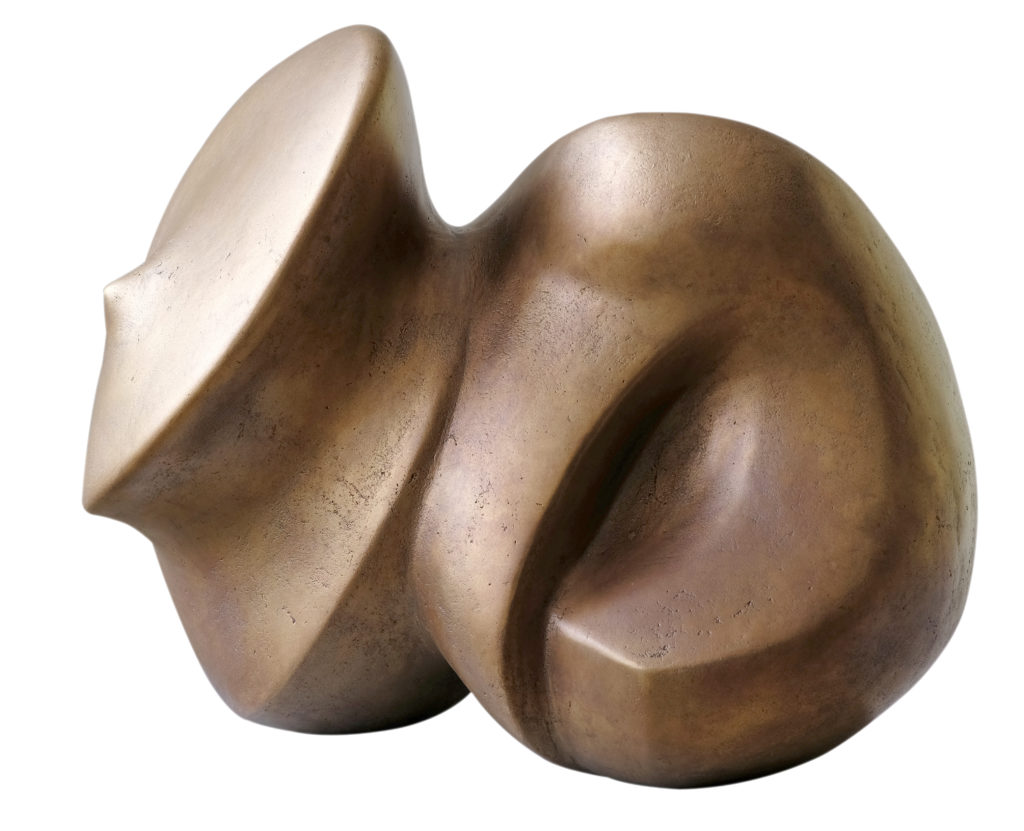
Beginning from this perspective, her artistic work is about paradox. Yet of course this is not only meant in terms of content, but also materially and sensually. If you look at Erika Hacker’s sculptures, such as Touched (img.4) or Being Together (img.5 ), you are completely unaware that these works deal with the exposure of massive stones. The soft form gives the hard material lightness. Looking at the works, you feel as if you were lying in your mother's arms or falling in love with someone. Amazingly that dream is based on reality, and the calculation creates freedom. This paradox acts as the real theme of the work.
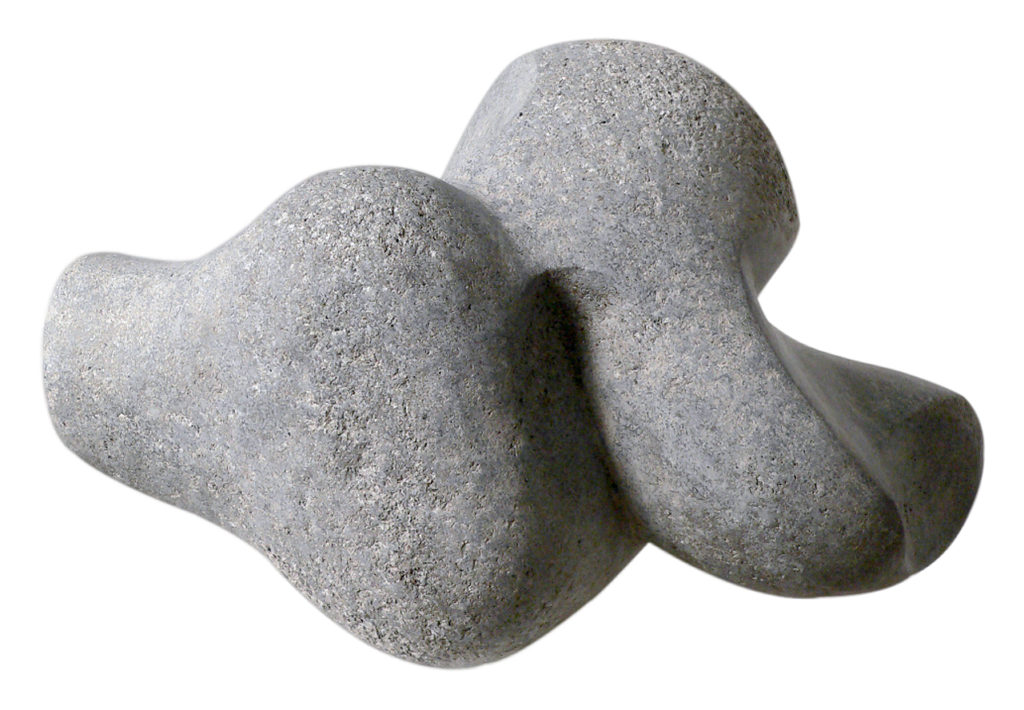
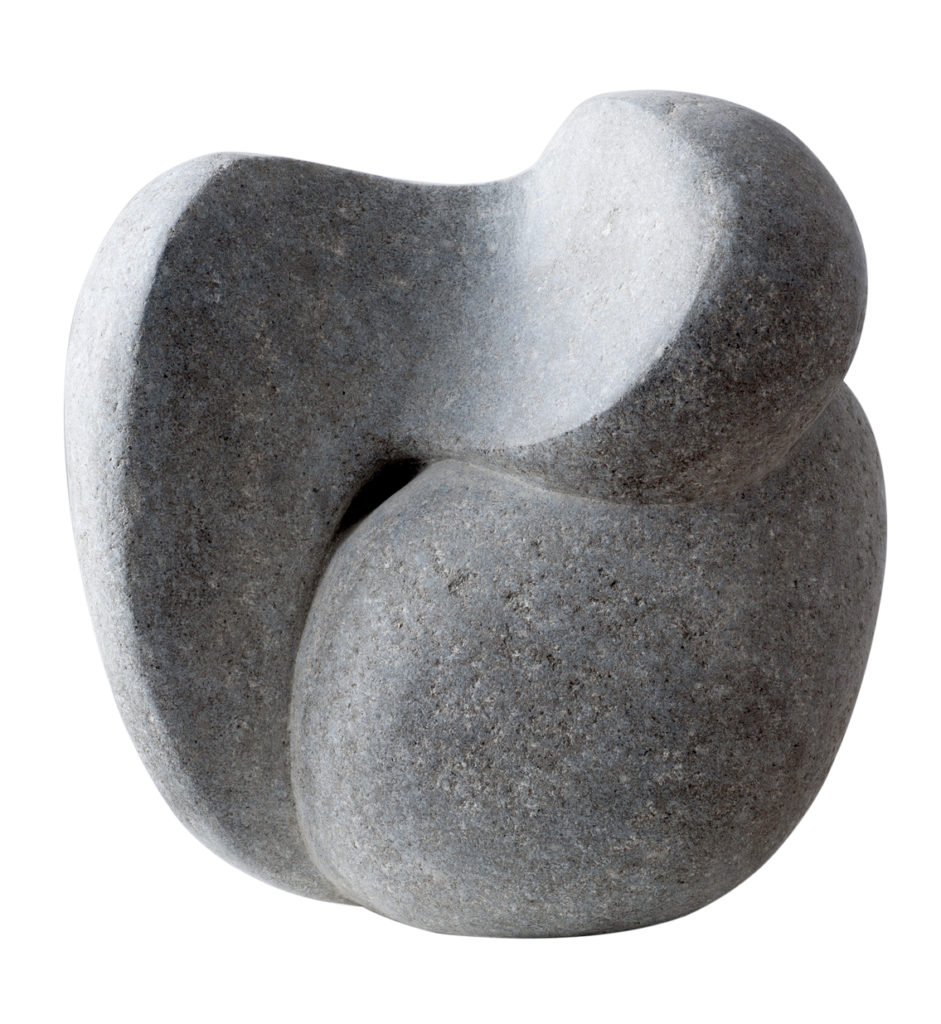
One of the most important elements of ancient Chinese poetry is praising things. The method consists of formulating the poet’s concrete will through the specific representation and praise of objective things, in order to give expression to certain feelings. Erika Hacker's artistic work coincides with this modus operandi. Inspired by Reiner Kunze's poem Two Rowing (Rudern Zwei), the artist created Two in One Boat (img.6). Beyond the figurative representation, the idea presented is that both are significant to the common whole. “And in the end at the very end, the sea will be blue in memory.” So is the work of Erika Hacker so spiritual and divine!
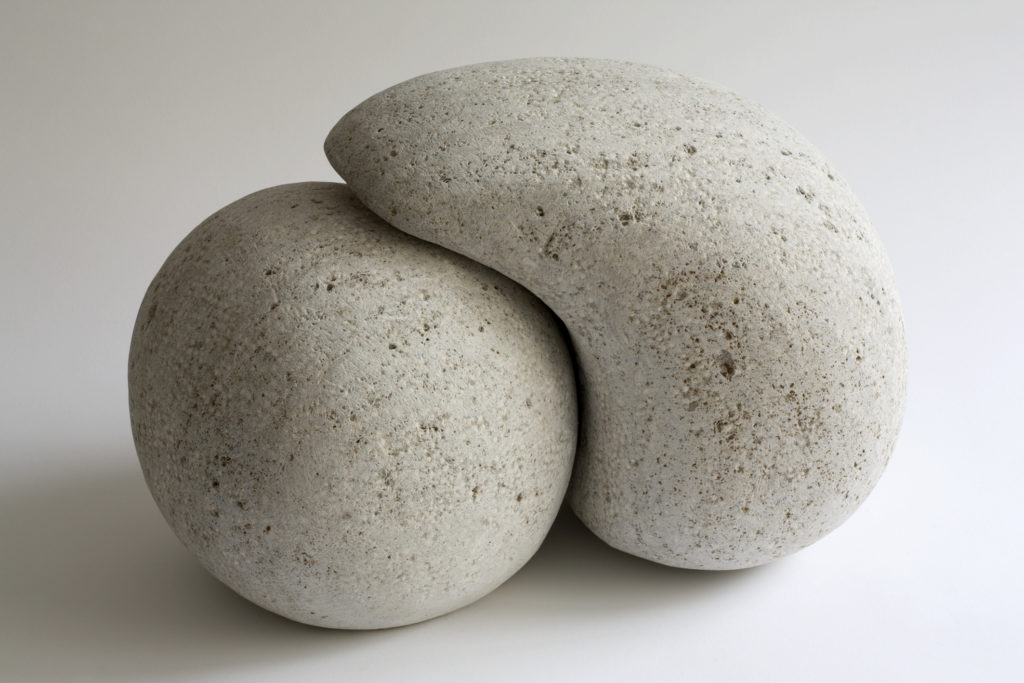
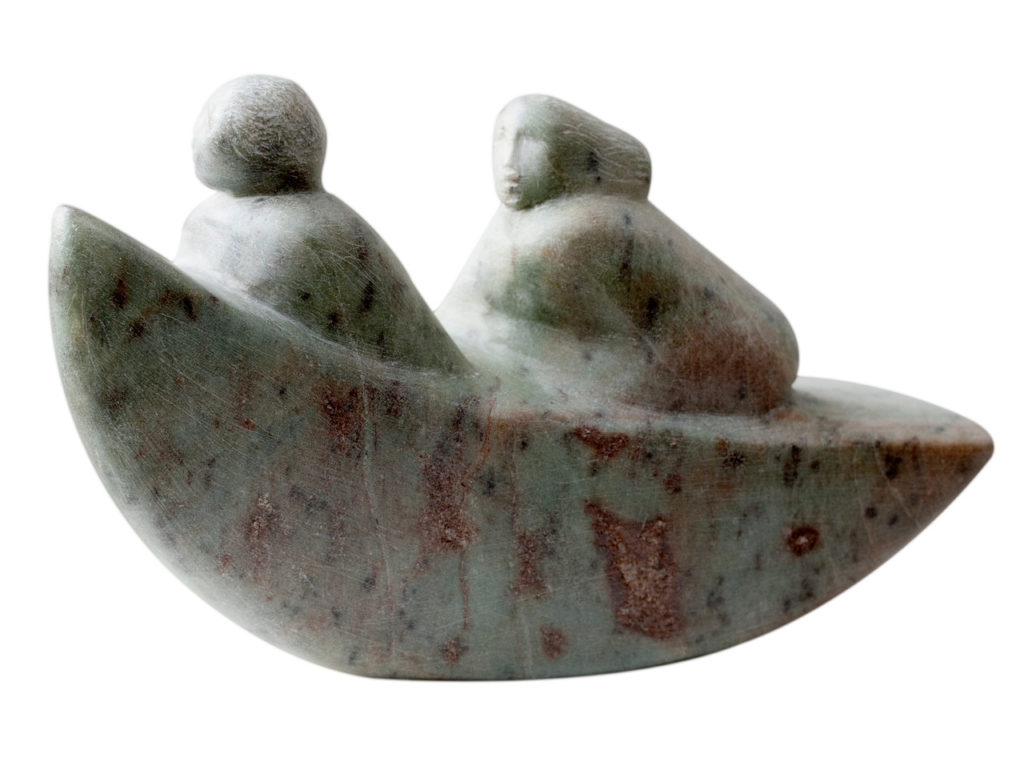
[1]Judith Housez: Marcel Duchamp, Grasset & Fasquelle, Paris, 2007, Chinese edition, 2010, p. 317-318; https://en.wikipedia.org/wiki/Constantin_Brâncuși
[2]Friedrich Teja Bach: Constantin Brancusi: Metamorphoses of Plastic Form (Cologne: DuMont, 2004), p. 181-190.
published: catalog Erika Hacker 2020
